Looking for a new adventure? Hanoi, the capital of Vietnam, is full of history and culture. Our blog will guide you through its fascinating streets, foods, and sites. Get ready to explore!
Key Takeaways
- Hanoi has a rich history that goes back over a thousand years, with important periods including the pre-Thăng Long era and French colonial rule. The city is now a blend of old traditions and modern developments.
- The capital city is known for its diverse cuisine, offering dishes like pho and banh mi in the Old Quarter. It also has a strong coffee culture influenced by French colonization.
- Hanoi’s landscape features historical landmarks such as Hoan Kiem Lake, the Temple of Literature, and various imperial sites alongside modern infrastructure like the developing urban railway system.
- Cultural activities in Hanoi include traditional festivals like Tet Nguyen Dan (Vietnamese New Year) and water puppet shows, which are part of Vietnam’s rich cultural heritage.
- For tourists, there are guided food tours to explore local flavors, day trips to Halong Bay from Hanoi providing stunning natural scenery, and various public transit options for easy navigation around the city.
History of Hanoi
Hanoi has a rich history that spans over a thousand years. From its early roots in the pre-Thăng Long period to its time under French colonial rule, and then as the capital of Independent Vietnam, Hanoi’s story is layered with historical significance.
Today, modern Hanoi reflects this diverse past while looking towards an exciting future as one of Southeast Asia’s key cities.
Pre-Thăng Long period
Long before it was called Hanoi, this area was a bustling center of commerce and power. Around the year 258, an ancient kingdom named Âu Lạc stood here. It formed part of what is now northern Vietnam.
Kings ruled from strongholds, like Co Loa citadel, built during the third century B.C.E. This citadel is a marvel of ancient Vietnamese engineering.
Moving forward in time, by the seventh century, the land had seen many rulers and names change but its importance remained steady. It became part of various Chinese dynasties until local leaders began to gain power around 939 after a major battle for independence.
The stage was set for what would become Thăng Long, or “rising dragon,” laying down rich layers of history that shaped modern Hanoi.
Now let’s dive into how Hanoi changed under French rule.
French colonial era
France took control of Hanoi in 1873. This time was full of changes. The French built wide streets and grand buildings. They also set up schools, hospitals, and prisons. Many parts of Hanoi still show the French style from this period.
Life for local people changed a lot under French rule. They had to speak French at school and work in new jobs. The city got electric lights and trams too. These changes made Hanoi very different from before.
Hanoi under Independent Vietnam
After the Vietnam War ended in 1975, Hanoi became the capital of a reunified Vietnam. The city started to rebuild and grow rapidly. New buildings rose, and roads expanded. Yet, Hanoi kept its unique charm.
It blended old traditions with new developments.
Hanoi has made big steps in improving living standards since then. People here enjoy better health care, education, and many public services now. The city also welcomes millions of tourists every year.
They come to see its beautiful lakes, French colonial architecture, and bustling Old Quarter.
Modern Hanoi
Modern Hanoi is a bustling city that blends historic charm with contemporary vibrancy. The city has undergone significant development, evident in its modern infrastructure, expanding skyline, and the emergence of trendy neighborhoods.
Since 2014, Hanoi has been rapidly developing an urban railway system to address the growing population and increase connectivity across the city. With foreign direct investment increasing steadily over recent years, Hanoi is positioning itself as a regional hub for technology and innovation.
The culinary scene in Modern Hanoi reflects its cosmopolitan nature with a diverse range of dining options that cater to both locals and tourists. The city’s nightlife has also evolved to offer an array of bars, clubs, and entertainment venues, attracting visitors looking for vibrant nighttime experiences.
Alongside this urban progress, traditional cultural elements remain cherished in every corner of the city – from ancient temples to age-old artisan shops – preserving Hanoi’s rich heritage while embracing modernity.
Geography and Climate
Hanoi, the capital city of Vietnam, is situated in the northern part of the country along the Red River and boasts a diverse topography that includes urban development juxtaposed against natural landscapes.
To learn more about Hanoi’s geography and its unique climate characteristics, continue reading.
Location and topography
Hanoi, the capital city of Vietnam, is situated in the northern part of the country. It lies on the right bank of the Red River and encompasses an area that expands over low, flat land interspersed with hills.
The city’s elevation varies from 5 to 20 meters above sea level. Due to its location near the Red River, Hanoi has a tropical monsoon climate characterized by hot and humid summers and cool winters, making it an ideal place for visitors throughout most of the year.
The topography of Hanoi is relatively flat but peppered with scenic lakes such as Hoan Kiem Lake and West Lake. With its diverse terrain including rivers, lakes, and urban settlements dotting the landscape, Hanoi offers travelers a blend of natural beauty and vibrant city life to explore during their visit.
Climate characteristics
Coming from the low-lying Red River delta, Hanoi boasts a monsoon-influenced humid subtropical climate. The city experiences four distinct seasons: a warm and wet summer, cool and dry autumn, damp and cloudy winter, and pleasantly warm spring.
Summer temperatures can soar up to 95°F (35°C) with high humidity, while winter sees average lows of 57°F (14°C). Heavy rainfall is typical from May to September; however, October to April brings mild weather with occasional light rain.
Typhoons are also known to affect Hanoi during the wet season.
The city’s location in Northern Vietnam exposes it to varying weather patterns throughout the year. Nestled between the Red River and surrounding mountains creates unique microclimates within different areas of Hanoi.
This climatic diversity contributes to lush vegetation around West Lake contrasted by dustier conditions in urban districts like Ba Dinh and Hoan Kiem – adding an interesting dimension for visitors keen on exploring natural landscapes alongside the bustling cityscape.
Key Landmarks
Explore the rich historical charm of Hanoi by visiting its captivating Old Quarter, majestic Imperial sites, picturesque lakes and parks, and stunning colonial architecture. Discover the heart of Vietnam’s capital city!
Old Quarter
The Old Quarter also offers countless opportunities to savor authentic Vietnamese cuisine at affordable prices. From iconic dishes like pho and banh mi to lesser-known treats such as bun cha or egg coffee, food enthusiasts can delight in diverse flavors at every turn.
This part of Hanoi truly captivates tourists with its blend of history, culture, and culinary delights.
Imperial sites
Moving from the charming chaos of the Old Quarter, visitors to Hanoi are transported back in time as they explore its imperial sites. The citadel and Emperor’s palace offer a glimpse into Vietnam’s royal history.
Hoang Thanh Thang Long, established in 1010 by King Ly Thai To, served as the political center for nearly eight centuries. It was declared a UNESCO World Heritage site in 2010 due to its historical significance.
Another prominent imperial structure is the Temple of Literature, constructed in 1070 by King Ly Thanh Tong. It is not only dedicated to Confucius but also Vietnam’s first national university – Quoc Tu Giam.
This site reflects the country’s dedication to education and knowledge during its imperial era and remains an essential symbol of Vietnamese culture and intellect even today.
Furthermore, while exploring these historically significant sites such as Hoang Thanh Thang Long & Temple of Literature, tourists can observe well-preserved examples of Asian architecture that showcase intricate designs reflecting Vietnam’s past imperial grandeur.
Lakes and parks
Hanoi is dotted with serene lakes and lush parks, providing a peaceful escape from the city’s hustle. The heart of Hanoi, Hoan Kiem Lake, is encircled by tree-lined walkways and holds cultural significance.
West Lake, the largest in the city, offers a tranquil setting for leisurely strolls and boat rides. Additionally, Thu Le Park boasts beautiful gardens and a zoo where visitors can wander amidst greenery or enjoy family-friendly activities.
Vietnamese culture values harmony with nature, reflected in Hanoi’s numerous public spaces. These natural oases serve as popular gathering spots for locals and tourists alike to relax or engage in outdoor activities.
Whether it’s immersing yourself in the beauty of the lakes or enjoying a picnic amid scenic parkland settings, these destinations offer an authentic experience within Hanoi’s urban landscape.
Colonial architecture
Moving on from the serene lakes and parks, Hanoi boasts a rich colonial architecture that reflects its historical passage. During the French colonial era, Hanoi witnessed a significant transformation in its architectural landscape.
The French influence is vividly evident in landmarks such as the iconic Hanoi Opera House designed by two French architects Broyer and Harlay, resembling the Palais Garnier in Paris.
Another must-see is the St. Joseph’s Cathedral, built in 1886 with Neo-Gothic features showcasing intricate stained glass windows and towering arches.
The colonial imprint also extends to public buildings like the Presidential Palace which was initially constructed for the Governor-General of Indochina. People are often amazed by these grand structures that narrate tales of Vietnam’s past under colonization.
The blend of Asian and European elements makes this architecture truly unique to behold while wandering through the streets of modern-day Hanoi.
Cultural Highlights
Explore Hanoi’s rich cultural tapestry with vibrant traditional festivals, diverse local cuisine, and a thriving art and theater scene. Delve into the city’s cultural pulse through its dynamic festivities, savory street eats, and engaging performing arts.
Traditional festivals
Hanoi’s traditional festivals reflect the rich cultural heritage of Vietnam. The city hosts diverse celebrations throughout the year, such as Tet Nguyen Dan, or the Vietnamese New Year, typically falling in late January or early February.
During this time, locals partake in various customs and rituals to welcome the new year while feasting on special dishes like Banh Chung (sticky rice cake) and Mut Tet (candied fruits).
Another significant festival is Trung Thu, also known as the Mid-Autumn Festival, a joyous occasion featuring vibrant parades and children carrying colorful lanterns. Throughout these festivities, Hanoi comes alive with traditional music performances, dragon dances, and an array of street markets showcasing local arts and crafts.
With their deep-rooted traditions and captivating pageantry, these festivals provide an immersive glimpse into Vietnam’s age-old customs for tourists visiting Hanoi.
Moving forward to “Local cuisine” let’s explore unique culinary delights awaiting you in Hanoi.
Local cuisine
Hanoi’s local cuisine is renowned for its vibrant flavors and diverse dishes, reflecting the city’s rich culinary heritage. Influenced by both traditional Vietnamese cooking and international flavors, Hanoi offers a wide array of street food delicacies like pho (noodle soup), bánh mì (Vietnamese sandwich), and bún chả (grilled pork with noodles).
The Old Quarter is teeming with food stalls offering these delectable treats at affordable prices, providing an authentic gastronomic experience for visitors.
Moreover, traditional Vietnamese dishes such as nem cua be (crab spring rolls) and cha ca (tumeric fish with dill) are must-tries while exploring the city’s dining scene. The fusion of French colonial influences can also be seen in Hanoi’s cafes serving strong coffee and flaky pastries.
This unique blend of flavors makes Hanoi a paradise for food enthusiasts seeking to savor authentic Vietnamese cuisine on their travels.
Art and theater scene
Vietnam’s art and theater scene in Hanoi is vibrant and rich with traditional cultural performances. The city hosts numerous theaters, showcasing water puppet shows, a unique Vietnamese art form that originated in the Red River Delta centuries ago.
These mesmerizing performances blend music, dance, and storytelling using intricate puppets on the water’s surface. Travelers can also experience contemporary art at Hanoi’s many galleries around the Old Quarter featuring Asian architectural influences.
Hanoi’s cultural landscape is further enriched by its renowned Temple of Literature which dates back to 1070 AD and serves as a hub for classical Vietnamese literature, philosophy, and arts.
This lively artistic environment offers an authentic insight into Vietnam’s heritage through captivating visual arts exhibitions alongside poetic literary works.
Tourism and Activities
Discover the flavors of Hanoi through guided food tours, experience the unique water puppet shows, and take a memorable day trip to Halong Bay from Hanoi. Explore more about what this vibrant city has to offer!
Guided food tours
Hanoi is a foodie paradise. Guided food tours take you through bustling markets and hidden alleyways, where you can try local delicacies like pho, banh mi, and bun cha. These tours offer a chance to taste authentic Vietnamese cuisine while learning about the history and culture behind each dish.
You’ll also gain insights into the ingredients and cooking techniques that make Vietnamese cuisine unique.
With an experienced guide leading the way, you’ll navigate through the vibrant street food scene with ease. From savory treats to sweet desserts, these tours showcase Hanoi’s diverse culinary landscape and are perfect for adventurous eaters looking to savor Vietnam’s rich gastronomic heritage.
Water puppet shows
Water puppet shows are a traditional form of Vietnamese entertainment dating back to the 11th century. Originating in the Red River Delta, this unique art form involves wooden puppets performing on water, accompanied by live music and singing.
The shows depict scenes from rural life, folklore, and legends, providing insight into Vietnam’s cultural heritage.
With roots in Vietnamese village festivals, water puppetry has evolved into a popular tourist attraction in Hanoi with regular performances at the Thang Long Water Puppet Theatre. The lively and colorful displays combined with traditional music create an immersive experience for visitors seeking to delve into the country’s rich cultural traditions.
Next up is “Halong Bay day trips from Hanoi”.
Halong Bay day trips from Hanoi
Halong Bay is about 100 miles from Hanoi, and it’s famous for a reason. The towering limestone islands jutting out of the emerald waters create an awe-inspiring sight. Visitors can take a day trip from Hanoi to explore this UNESCO World Heritage site.
You’ll sail on a traditional junk boat, enjoy fresh seafood, and even visit some of the caves that dot the bay.
These day trips are quite popular with tourists visiting Hanoi. It’s around a four-hour drive each way but well worth it for the stunning scenery and unique experiences awaiting at Halong Bay.
Transportation in Hanoi
Getting around Hanoi is convenient with various public transit options, including buses and the new Hanoi Metro system. The city’s bustling motorbike culture also offers an exciting way to explore its vibrant streets.
Public transit options
Navigating Hanoi is easy, thanks to its various public transit options. Here’s a breakdown of what’s available:
- Buses: Hanoi boasts an extensive network of bus routes covering the city and surrounding areas.
- Hanoi Metro: The city’s rapid transit system, though still under development, provides a convenient way to get around.
- Taxis: Metered taxis are widely available and offer a quick means of transport for shorter distances.
- Motorbike taxis (xe om): A popular choice among locals, these provide an efficient way to weave through traffic.
- Cycling: Exploring the city on two wheels is not only eco-friendly but also allows for flexibility in getting around.
These options cater to different preferences and allow visitors to experience the city from various vantage points.
Motorbike culture
Hanoi’s motorbike culture is a defining feature of the city’s transportation scene. With over 5 million registered motorcycles, it’s not just a mode of transit but also a way of life for many locals.
Motorbikes are omnipresent on the streets, maneuvering through traffic with apparent ease, contributing to Hanoi’s bustling atmosphere.
The prevalence of motorbikes in Hanoi speaks to their significance in Vietnamese daily life. Riders often use their bikes not just for commuting, but also as a means to transport goods or family members.
It’s common to see loaded motorbikes carrying everything from produce and furniture to entire families through the city streets. This dynamic form of mobility shapes the flow and energy of Hanoi, making it an essential part of experiencing this vibrant capital city.
International Relations
Hanoi has established strong international ties with several twin towns and sister cities around the world. These connections promote cultural exchanges, economic cooperation, and diplomatic collaboration on a global scale.
Twin towns and sister cities
Hanoi, the vibrant capital of Vietnam, has established connections around the globe. These partnerships enhance cultural exchanges and promote international friendship. The city has twinned with several cities worldwide, showcasing its commitment to global integration. Here’s a closer look at Hanoi’s twin towns and sister cities:
| City | Country | Year |
|---|---|---|
| Beijing | China | 1994 |
| Manila | Philippines | 1996 |
| Bangkok | Thailand | 2004 |
| Seoul | South Korea | 2006 |
| Warsaw | Poland | 2000 |
| Moscow | Russia | 2000 |
| Phnom Penh | Cambodia | 2011 |
| Vientiane | Laos | 2012 |
| Yangon | Myanmar | 2013 |
| Toulouse | France | 2015 |
| Isfahan | Iran | 2016 |
| Fukuoka | Japan | 2017 |
| Victoria | Seychelles | 2017 |
| Minsk | Belarus | 2019 |
These partnerships reflect Hanoi’s diverse international relations. They span continents and cultures, showing the city’s role on the world stage. Each partnership brings something unique to Hanoi, from cultural exchanges to economic cooperation.
Conclusion
Discovering Hanoi is like stepping into a living museum. The city’s rich history, beautiful landmarks, and vibrant culture make it a must-visit destination. From savoring local cuisine to exploring its colonial architecture, Hanoi offers an unforgettable experience.
Whether you’re strolling through the Old Quarter or embarking on a Halong Bay day trip, Hanoi beckons with endless possibilities for exploration and adventure.
FAQs
1. What is Hanoi, Vietnam like?
Hanoi is a vibrant city, rich in history and culture. You’ll find busy streets filled with motorbikes, street vendors selling delicious food, and beautiful old buildings that tell stories of the past.
2. What are some popular things to do in Hanoi?
In Hanoi, you can visit Hoan Kiem Lake for a peaceful stroll or explore the Old Quarter for shopping and tasty treats. Don’t forget to check out historical sites like the Ho Chi Minh Mausoleum and the Temple of Literature.
3. How is the food in Hanoi?
The food in Hanoi is amazing! You can enjoy pho, which is a famous noodle soup, banh mi sandwiches filled with meats and veggies, or fresh spring rolls. The flavors are bold and unique; each dish offers something special.
4. When is the best time to visit Hanoi?
The best time to visit Hanoi is during fall or spring when temperatures are mild and pleasant. These seasons offer clear skies and comfortable weather for exploring all that this lively city has to offer.
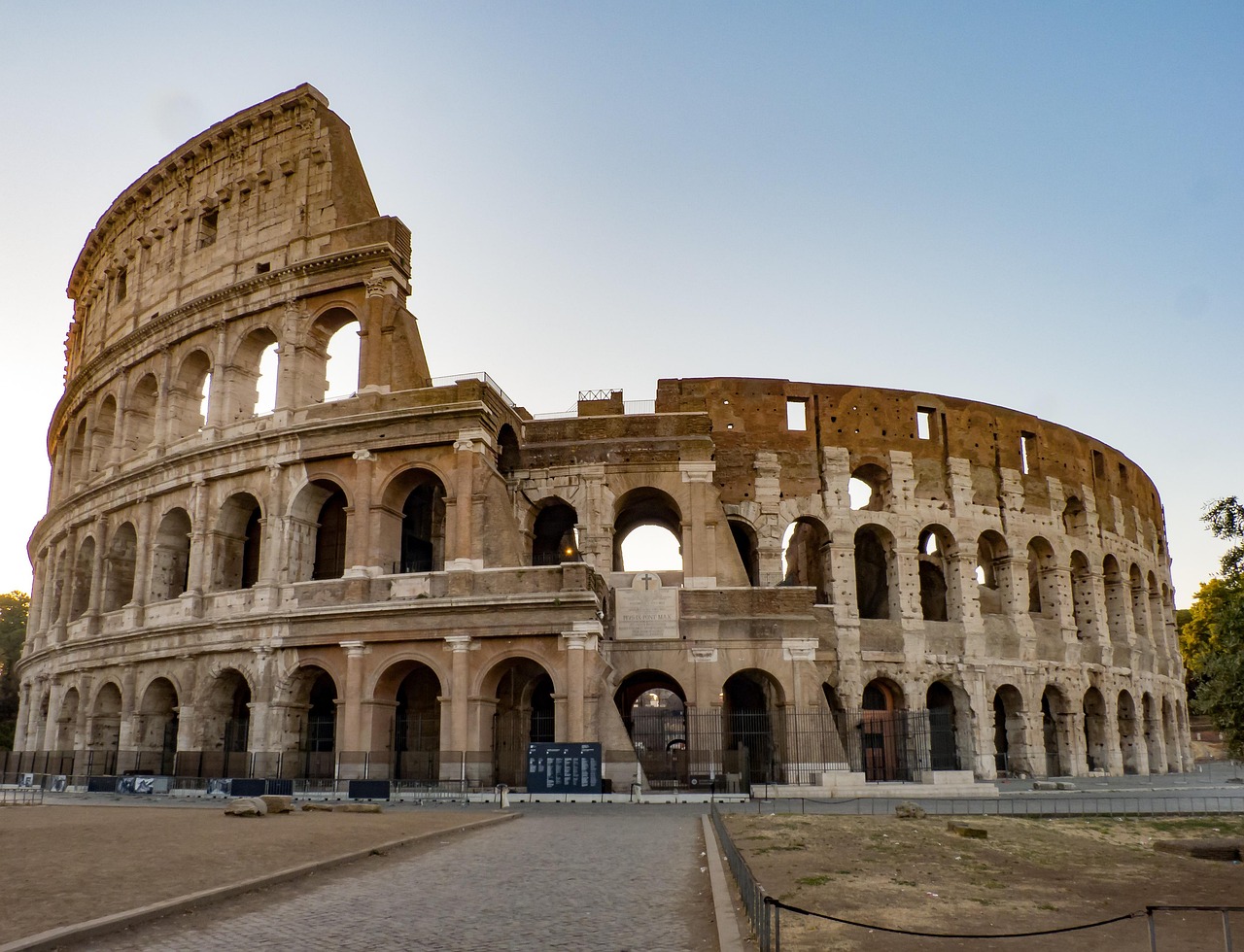
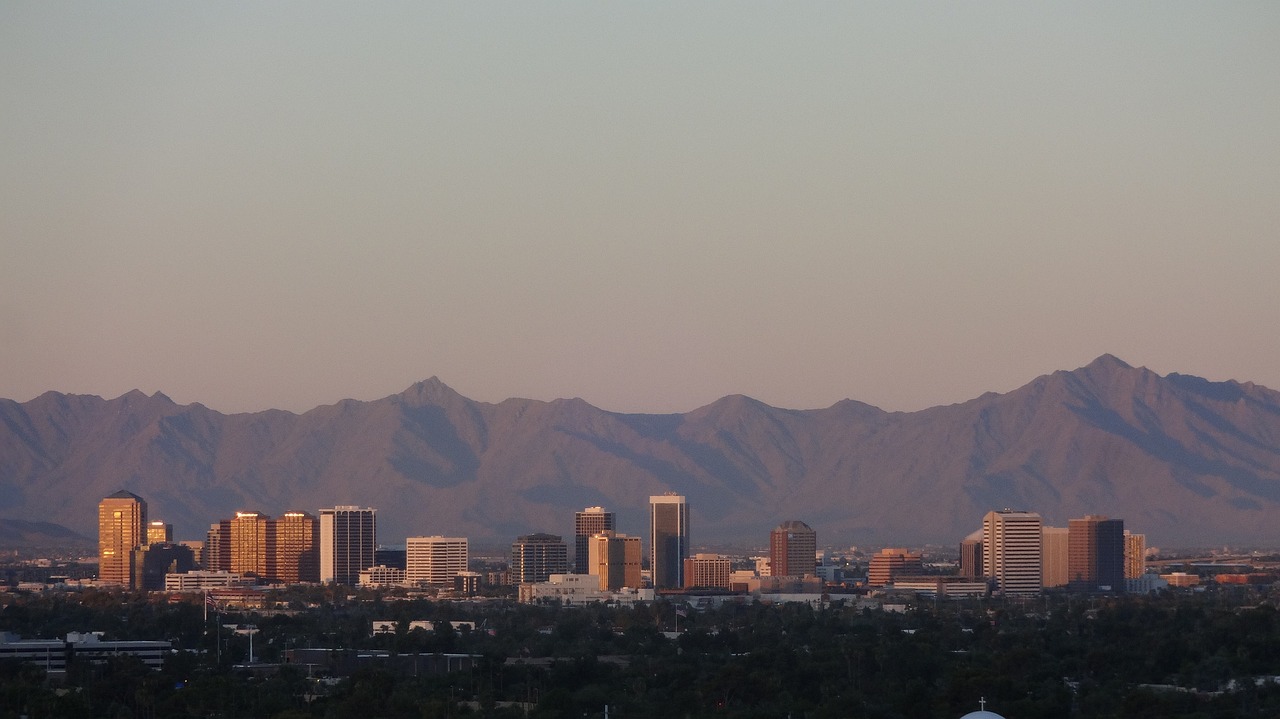
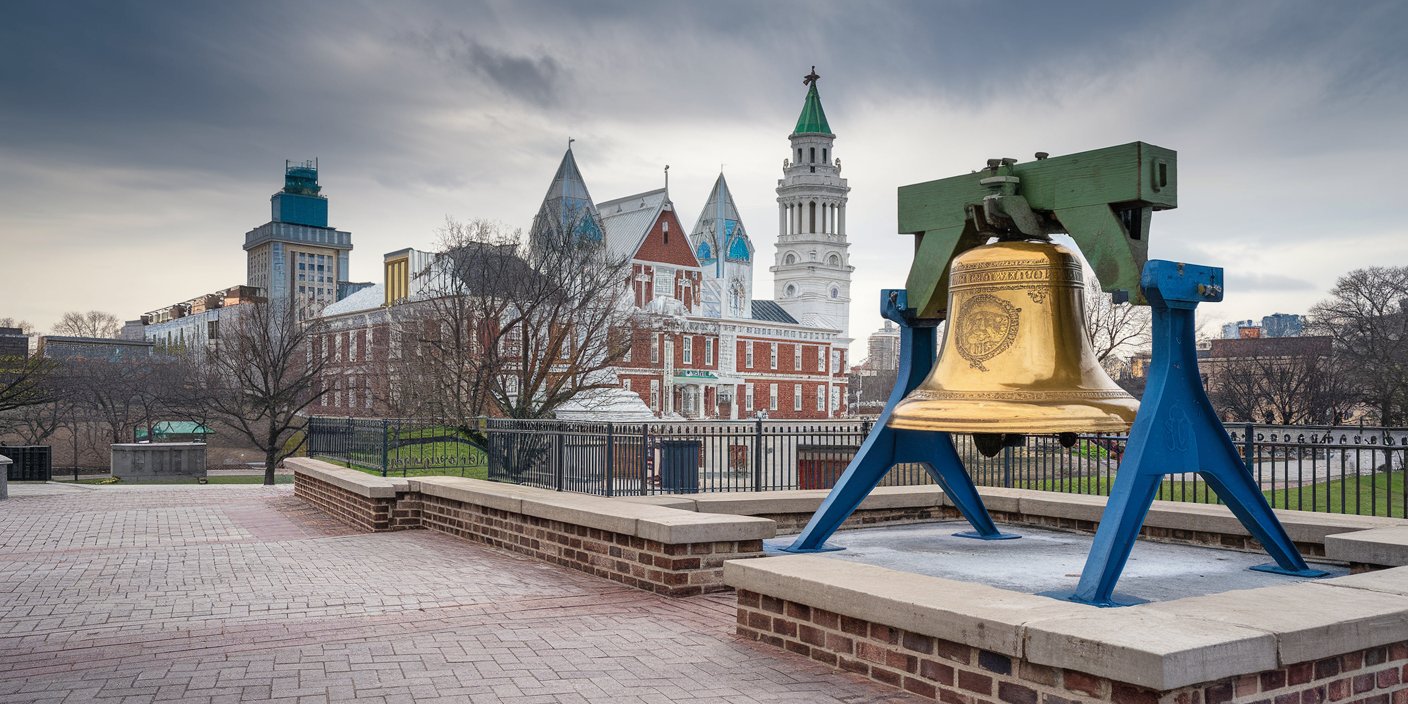
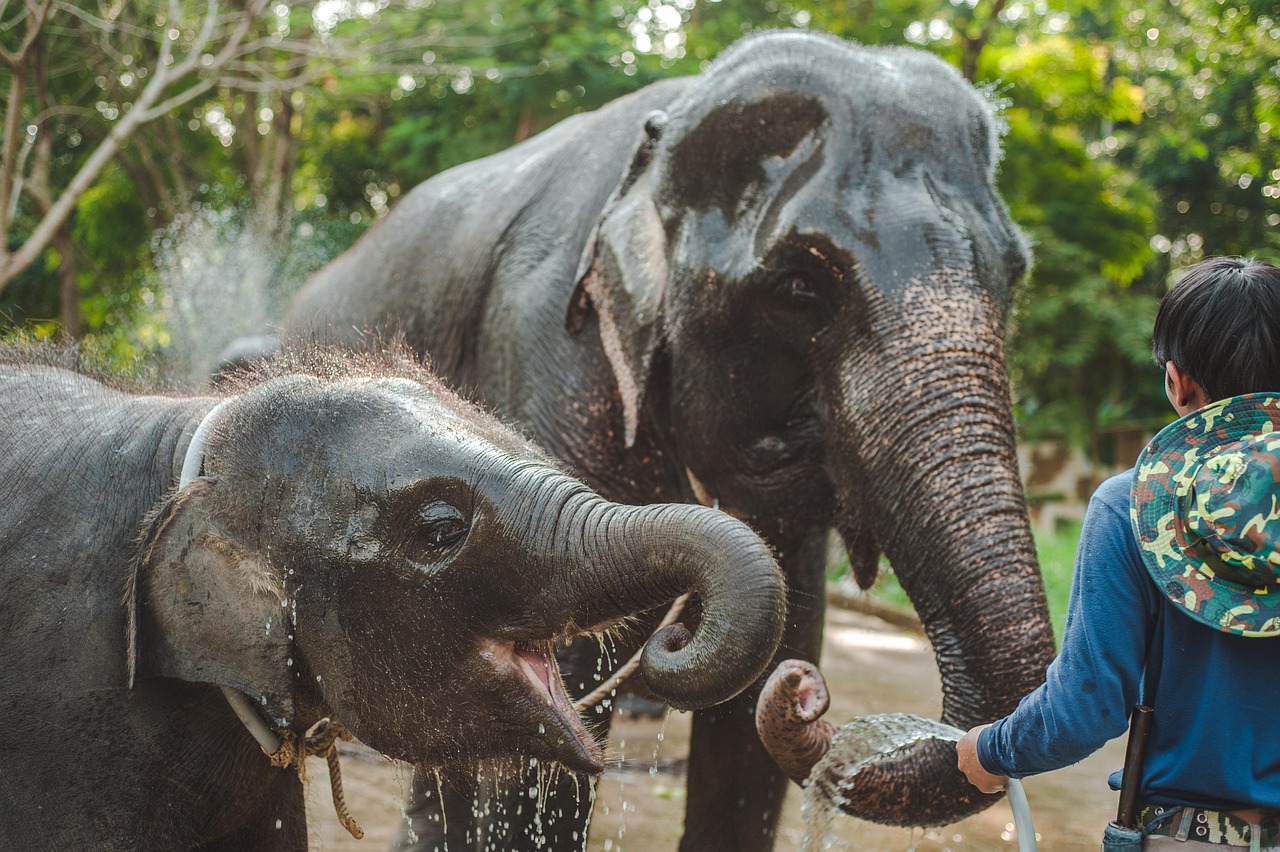
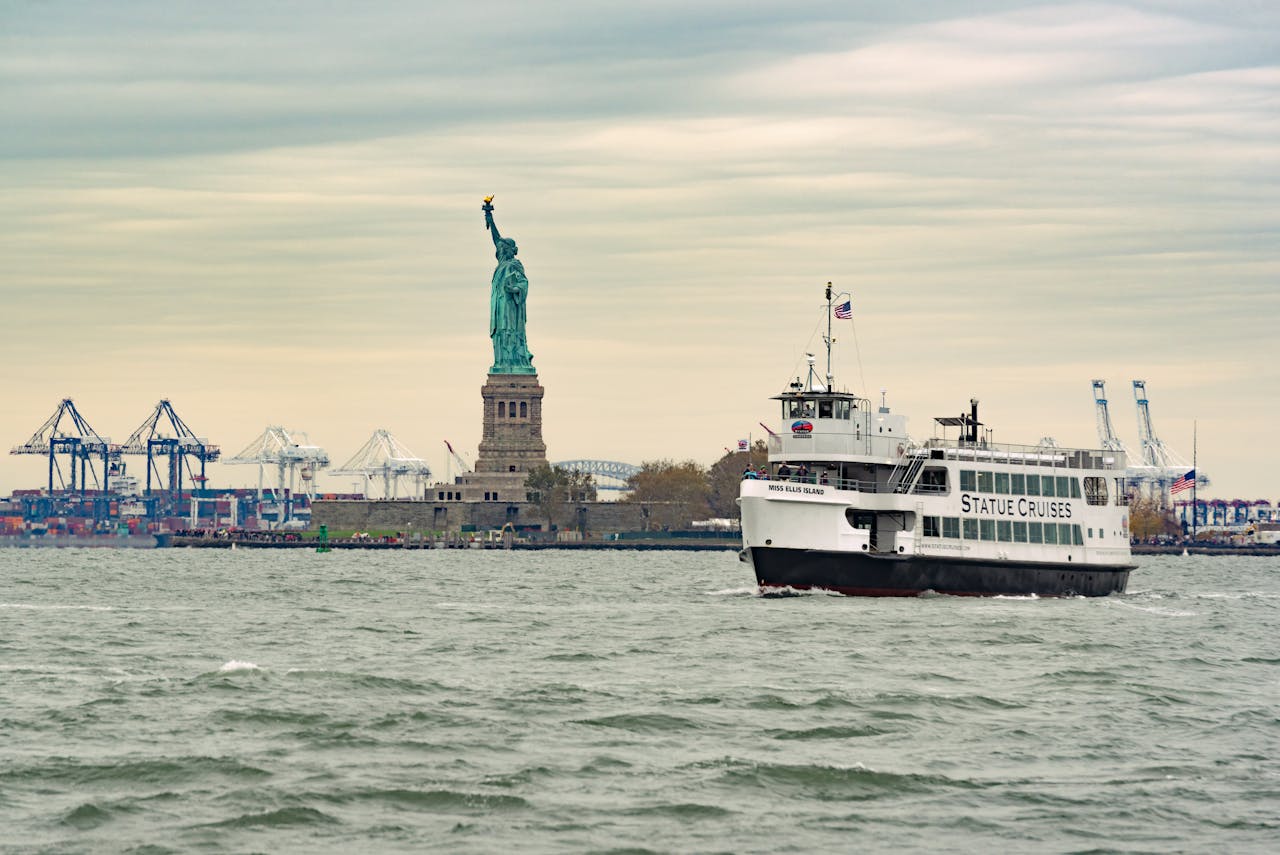
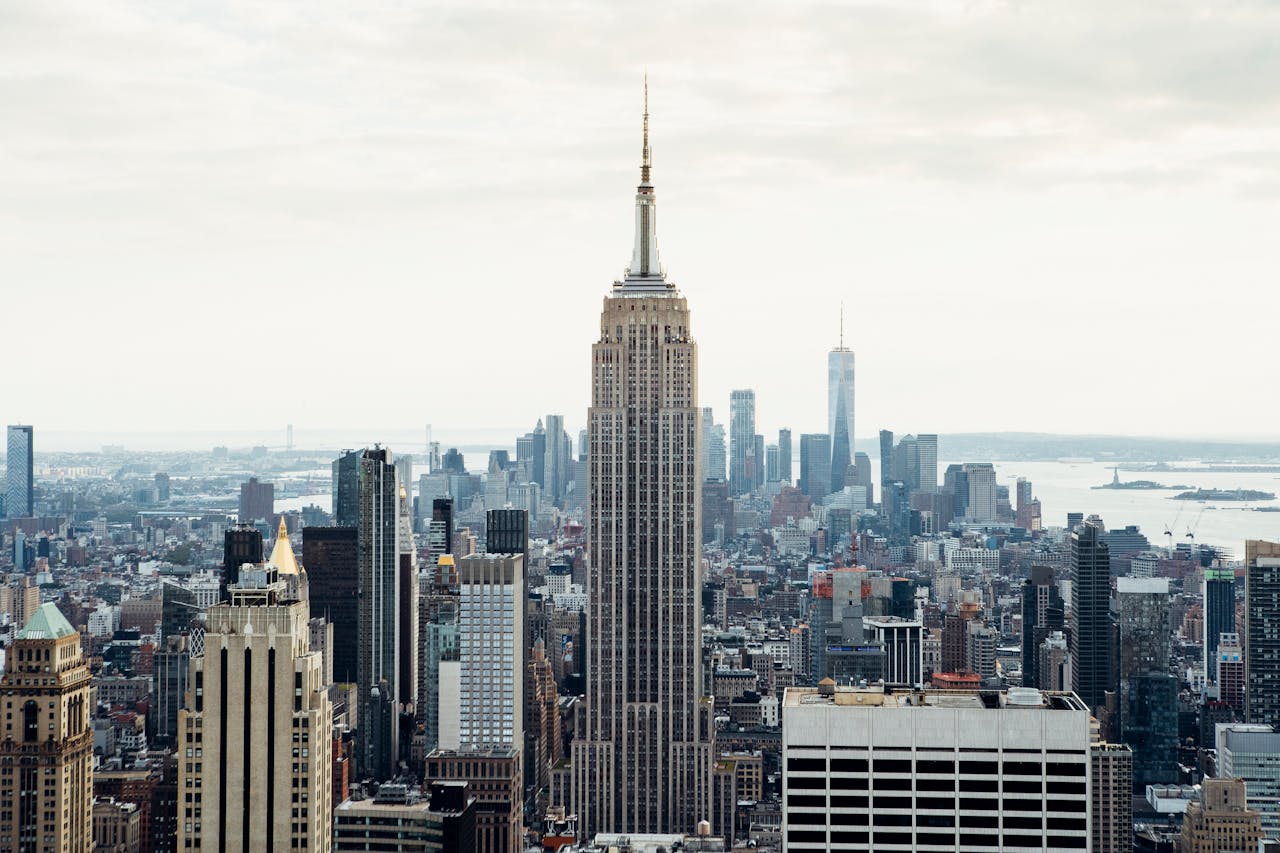
Leave a Reply